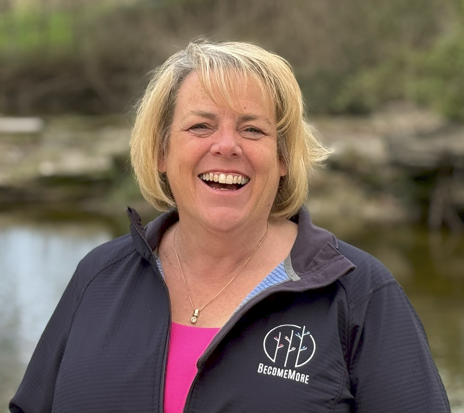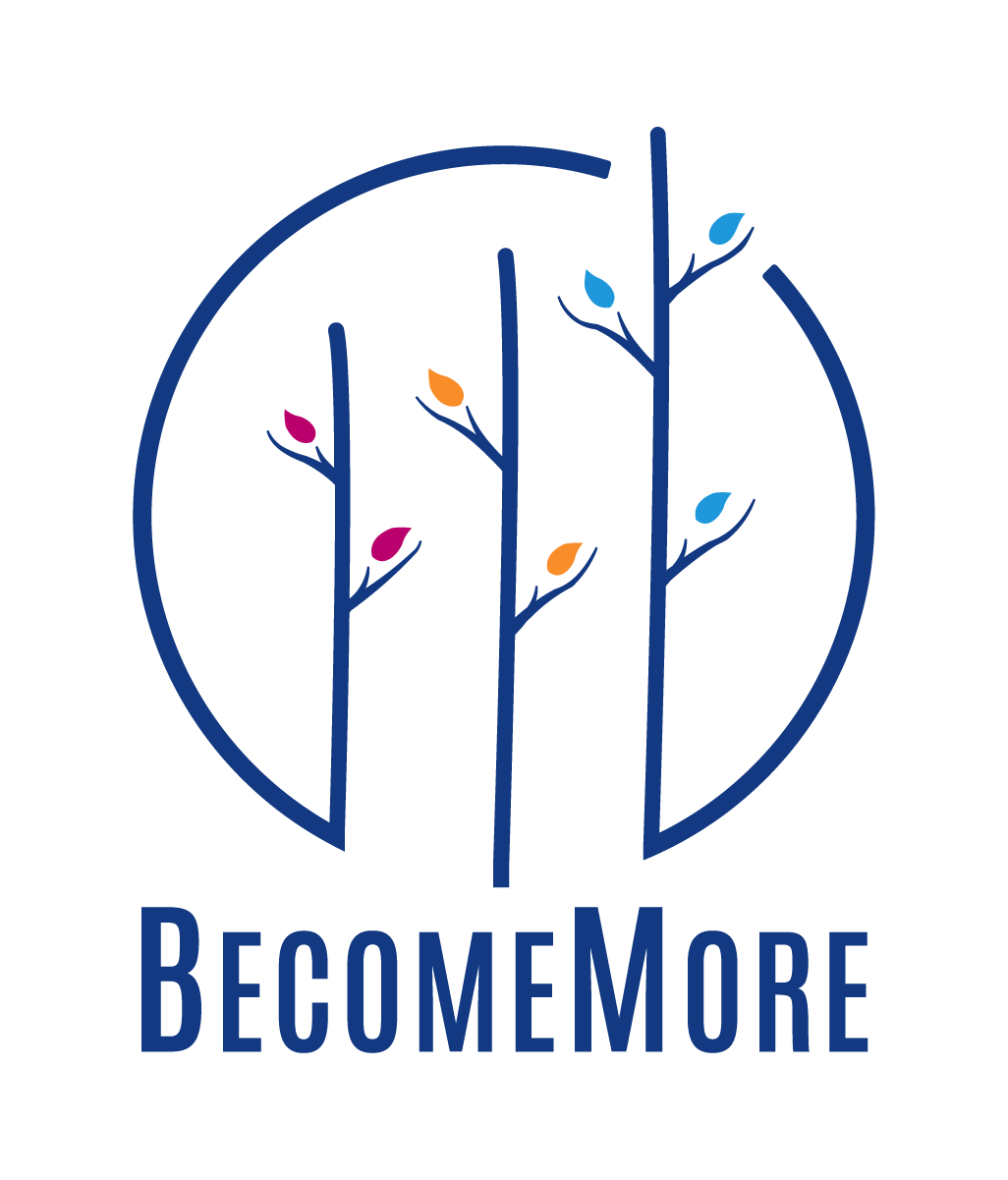Chief Optimization Officer
Shattering the Status Quo
Chief Optimization Officer
Individuals in the C-Suite are typically seasoned professionals. They bring a tremendous amount of specialized expertise to the table. Each of them is responsible for a specific area of risk and/or opportunity. And they tend to see the world through very different lenses. So, when the C-Suite is brought together as a whole, their diverse perspectives view information, opportunities, and risks from different angles – enabling the organization to make better decisions.
But most C-Suite organizational charts do not take advantage of a critical perspective: aligning organizational improvement.
We have specialists that:
• Protect and leverage our financial assets
• Guarantee that we will deliver quality products or services on time
• Ensure we have the right talent
• Guard our data and exploit technology
• Share our message and products so that consumers choose us
What is missing is clarity on who is responsible for raising the bar. Imagine for a moment – having someone at an executive level whose primary responsibility is to figure out how we can BE more and DO more with the resources that the organization has RIGHT NOW.
Now before you make a logic leap – and say something like:
• “Isn’t that “Quality Control’s responsibility?”
• “Don’t we have someone who does Lean or Six Sigma?”
• “Couldn’t we just have HR handle that – it sounds like Change Management?”
• “That’s Operation’s job!”
Yes, you may have roles like this in your organization. AND…
Most organizations have a set point. A place where they comfortably get work done. It’s the place and pace that the organization has become accustomed to. And it is easy.
Changing the organization’s set point, raising the bar, leveling up – that’s NOT easy. And it’s uncomfortable. The system, the people, the organization itself is fighting to remain the same. And in THAT moment, the way the organization does things seems VERY appealing. But just like Bob Iger, Disney’s former CEO said; “The riskiest thing [an organization] can do is maintain the status quo.”
Most organizations have a set point. A place where they comfortably get work done. It’s the place and pace that the organization has become accustomed to. And it is easy.
Changing the organization’s set point, raising the bar, leveling up – that’s NOT easy. And it’s uncomfortable. The system, the people, the organization itself is fighting to remain the same. And in THAT moment, the way the organization does things seems VERY appealing. But just like Bob Iger, Disney’s former CEO said; “The riskiest thing [an organization] can do is maintain the status quo.”
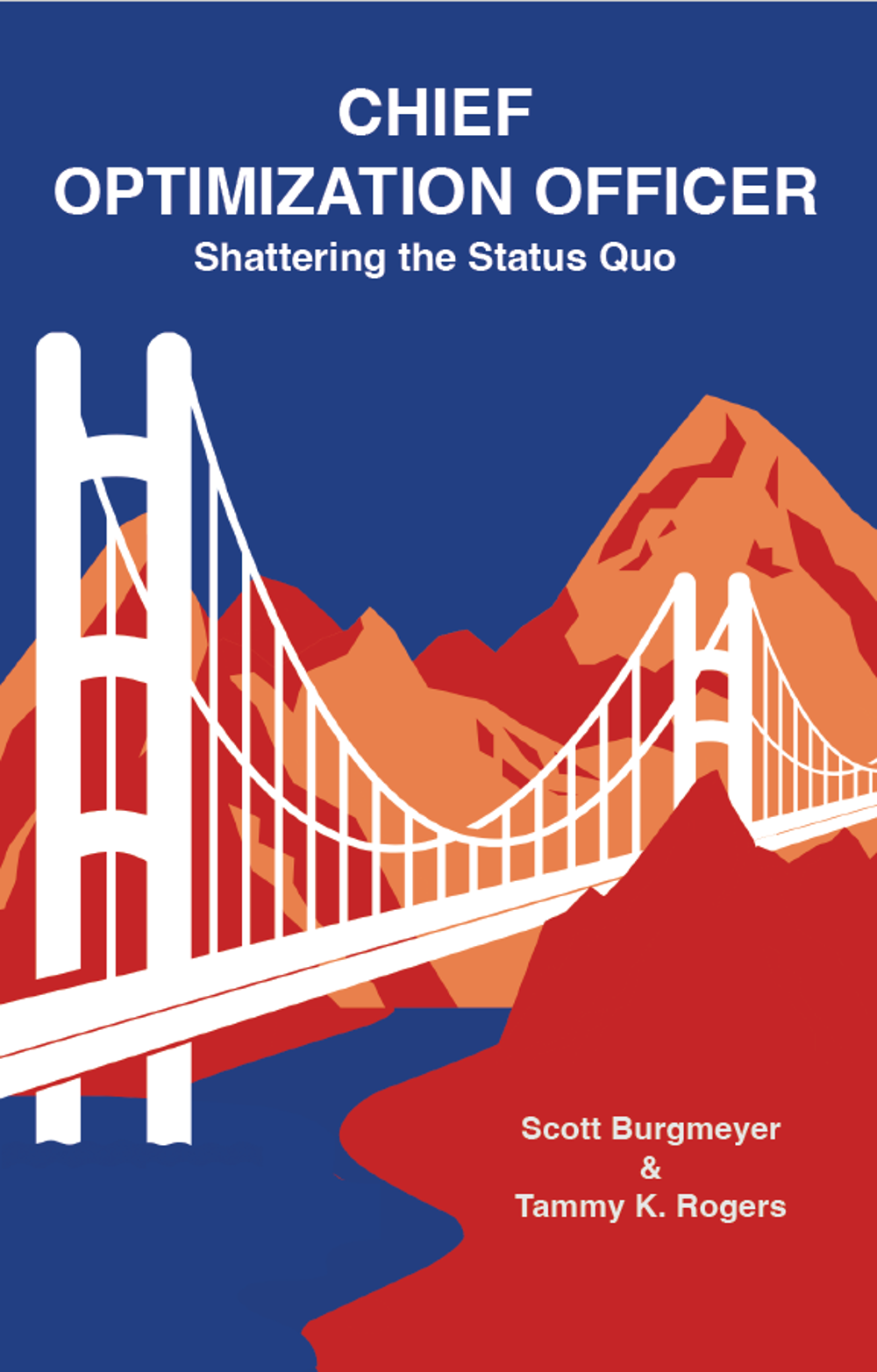
Scott Burgmeyer
For more than 30 years he has worked and consulted in virtually all industries, including manufacturing, technology, education, and health care. He held roles such as QA Manager, CI Manager, Organizational Development, Human Resources, SVP Quality & Improvement, and Chief Improvement Officer. Scott is a lifelong learner, professor, speaker and author of multiple books, articles and journal publications. As a Master Black Belt and creator of The DMAIC Way®, his goal is for everyone to Make it Better! Make it Stick!
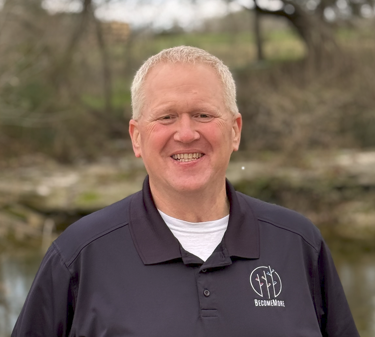
Tammy K Rogers
Tammy began her career at a startup company in Minneapolis designing employee satisfaction surveys. Within six months she was tapped to lead the new training and development division. Tammera has written more than 50 internationally distributed training programs and worked with best-selling authors like James Autry and Bob Nelson. In 1995 Tammy ventured out on her own, founding three organizations, and today is leading her company, Aveea Partners. Tammy is best known for advising leaders and organizations to become more thorough and develop new ways of thinking, attitudes and behaviors that transfer to the real world results.
